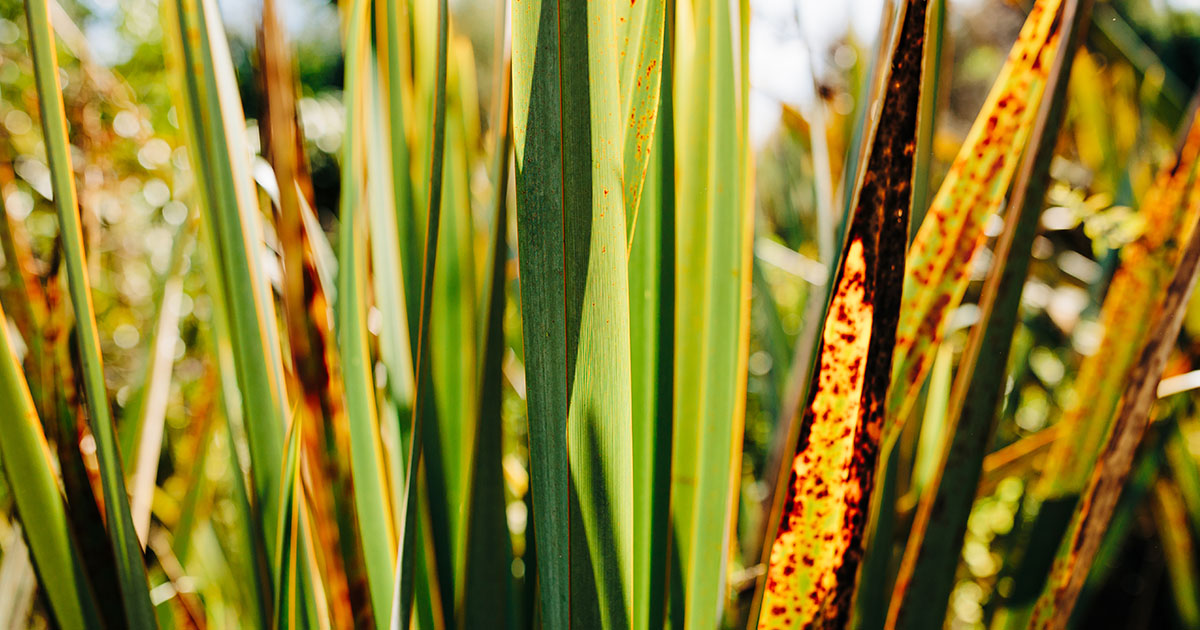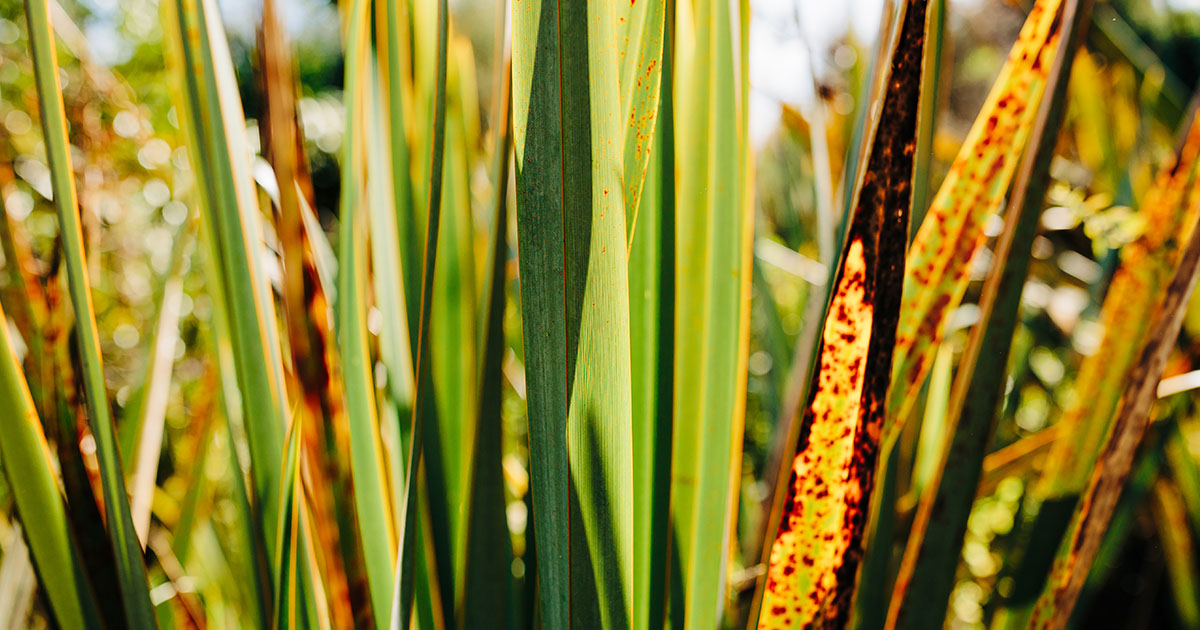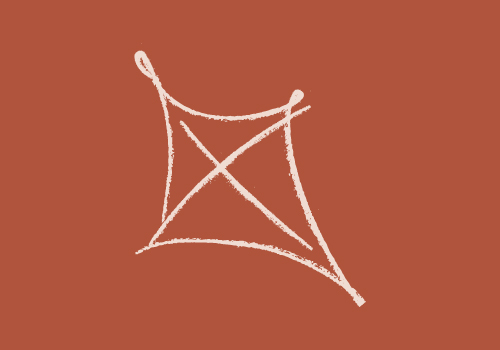
Traditional wellbeing practices for self-care
Having a personal connection to our culture and its history links us with our ancestors and whakapapa and builds a stronger understanding of our place in the world. In these ways, and many more, our culture supports our oranga.
If we look at Te Whare Tapa Whā as a model of indigenous hauora, it’s really clear that self-care includes all of the 4 pou: tinana , hinengaro , whānau, wairua , as well as the foundation of whenua .
It’s worth bearing all of these parts of ourselves in mind when we’re thinking about self-care. Te Whare Tapa Whā is great tool to check if all parts of our hauora are nurtured in some way. Sometimes we just need the smallest of ideas that we can easily manage, but also make a big impact on our wellbeing.
Indigenising our day
Connecting to our culture in small ways each day supports our wellbeing because it means we’re dedicating some time to the things that are important us. Things that we enjoy as part of our identity might be:
- Following the maramataka to track our energy levels and the things we enjoy – planting and fishing times for example.
- Using karakia and gratitude to begin and end our day, hui, time with special people or on special projects.
- Turning towards meaningful whakataukī to set the tone for our day or support us during challenging times.
- Taking part in kapa haka, waka ama, weaving, planting native kai, rongoā , researching pūrākau , learning whakapapa and Aotearoa, iwi or hapu history, singing waiata or oriori (performance or at home with whānau).
- Spending time at the marae around whānau or local iwi.
- Learning more te reo.
- Spending time in te taiao and connecting with the whenua, atua and whakapapa.
The important role of kai for our oranga
Kai blends across all 4 pou of Te Whare Tapa Whā, as well as whenua. It does this by supporting our:
- Taha tinana with nutrition and energy.
- Taha wairua through karakia kai, being present and being grateful.
- Taha whānau by valuing our relationships with one another. Kai can incorporate important values such as manakitanga and whanaungatanga .
- Taha hinengaro through taking the time to relax, enjoying the moment with the people you’re with.
- Connection with whenua – knowing our kai is from our whenua and acknowledging the people who planted, tended and/or harvested it.
Karakia kai
Kua horahia te kai
Nā ngā atua i homai
Tāne mahuta
Haumia-tiketike
Rongomātāne
Tangaroa
Kia ora
This kai has been laid out before us
Given to us by the atua
Tāne (atua of the forest)
Haumia (atua of cultivated food)
Rongo (atua of kūmara and peace)
Tangaroa (atua of the sea)
Rongoā – indigenous healing and oranga support
Sometimes we might only consider rongoā when we’re sick or injured, but there are many forms of rongoā that support our oranga in a more general way, and as part of our self-care.
Some options include:
- Romiromi and mirimiri – traditional massage techniques which restore tinana balance and release tension.
- Rongoā rākau – remedies made with native plants such as kawakawa, kōwhai, mānuka and harakeke provide relief from joint and muscle aches, skin conditions and many other effects from our stress. Those who practise it are experts in understanding the medicinal properties of plants, following strict tikanga in harvesting, choosing the correct plant and ensuring the utilising optimal healing times, often aligned to maramataka.
- Te Oomai Reia – massage or massage with greenstone, wood and sea water is used to clear and open tinana energy points.
- Sound healing – this may be through a practitioner or by practising mindfulness and tuning into the sound of te taiao.
Department of Conservation | Te Papa Atawhai has some short and long soundscapes of our native bush, moana , awa and manu . Nurture your oranga by taking some time to whakarongo .
Sound hub | Department of Conservation(external link)
Otherwise, there are recordings of works such as Jerome Kavanagh(external link) to guide sound healing using taonga puoro . Find a relaxing spot to breathe in for counts of 6 and out for counts of 8 to slow the day, our hinengaro and relax as we take in the soundscape recordings.
Interested in more?
- If romiromi, mirimiri or rongoā are practices you’d like to try, continue or become skilled in, local kairomiromi or kaimirimiri and rongoā practioners usually have connections to your local Māori health provider or marae . Some online searching and local kōrero will find you someone amazing!
- If you’re unfamiliar with romiromi, mirimiri or rongoā, kōrero with local Māori health providers and meet some local practitioners. They may agree to kōrero with your team. You could widen your network to include practitioners and organisations which will be helpful for whānau referrals.













